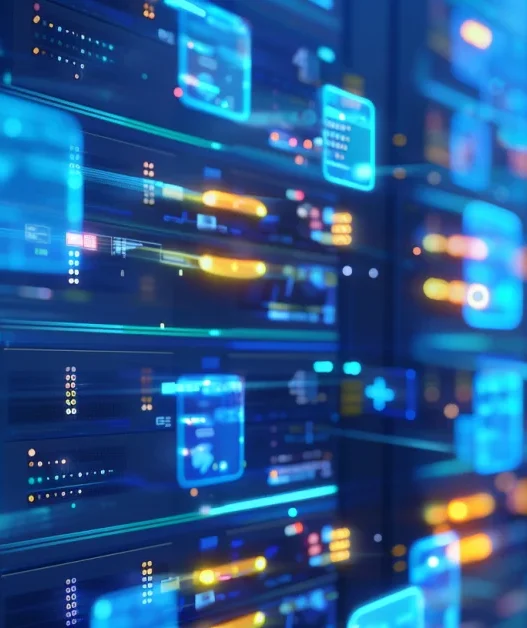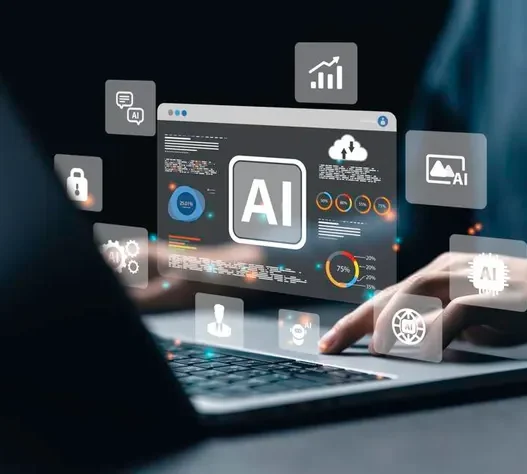According to National University statistics, there were 5.4 billion malware attacks worldwide, and 4 in 10 attacks resulted in confidential data leakage. This is the tip of the iceberg; the actual scenario is catastrophic. That’s why cybersecurity is a prime concern for businesses, especially those heavily dependent on cloud spaces.
The rise of cyber threats like data breaches, ransomware, and phishing attacks creates headaches for business owners. Companies are taking preventive measures to protect sensitive data. One of the most effective ways to safeguard your data is through an Access Management Solution.
In this post, we will highlight access management’s core and its role in cybersecurity. We will also explore how this solution can protect your data from cyber threats. Let’s get started!
Table of Contents
What Are Access Management Solutions?
Access management solutions are policies, systems, and processes that allow the IT administrator to control and monitor who can access your business data. These solutions prevent unauthorized access and data leakage. Access management also provides various models to verify and manage user identities, roles, and permissions.
Key Features of Access Management Solutions
- Authentication: The solution implements necessary methods like passwords, biometrics, and MFA to verify user identities.
- Authorization: The system only grants users access to specific resources based on their roles.
- Audit and Monitoring: It regularly keeps track of user activity and access patterns to detect suspicious behavior.
- Single Sign-On (SSO): It allows users to access multiple systems with a single login.
- Role-Based Access Control (RBAC): Access management assigns access levels based on user roles and responsibilities.
How Access Management Solutions Protect Your Data
Access management solutions offer comprehensive benefits and essential features to protect your data from potential cyber threats. These systems minimize the risks and enhance productivity.
1. Prevention of Unauthorized Access
One significant way that access management solutions protect your data from cyber threats is by preventing unauthorized access. Your IT support team implements strong authentication methods like passwords, fingerprints, or a multi-factor authentication (MFA) system. The authentication system ensures that only recognized users can access your system.
How does this work?
- Multi-Factor Authentication (MFA): As the name suggests, users must pass two or more verification steps before accessing the system. Many hackers may overcome the first layer of verification but fail in the second or third steps. This extra layer of security reduces the risk of unauthorized access and prevents data breaches. However, it is important to educate users to set robust verification methods, like strong passwords.
- Adaptive Authentication: Some access management models integrate an adaptive authentication system. This system analyzes user behavior and tracks login locations and devices to determine whether an access request is legitimate. This solution will block suspicious login attempts, even if the correct credentials are entered.
2. Controlling User Privileges with Role-Based Access Control
User authentication is the primary function of access management solutions. After verifying and authenticating the user’s identity, these systems ensure that the users only access resources and data based on their role in the organization.
Controlling user privileges with Role-Based Access Control (RBAC) significantly minimizes the risk of data breaches. This system prevents users from accessing sensitive data irrelevant to their jobs.
3. Continuous Monitoring for Suspicious Activities
With proper authentication and user access, you can ensure the right person is accessing the right data. But how about the authorized use of misused data? That’s why these solutions manage user access and monitor ongoing activities to detect potential suspicious behavior in real-time.
Access management solutions can detect unusual access patterns and flag suspicious activities such as failed multiple login attempts, access at unusual times, and use of unauthorized devices.
4. Protecting Against Phishing and Credential Stuffing Attacks
Cybercriminals constantly try to access your system and steal user login credentials through phishing or credential-stuffing attacks. Access management solutions implement stronger authentication methods, such as complex passwords and multi-factor authenticators like fingerprints or OTP. This can significantly prevent unauthorized login attempts. Some models employ CAPTCHA to reduce robot logins.
5. Ensuring Compliance with Industry Regulations
Data protection is not just the best industry practice; it’s a legal requirement for many businesses. Several regulatory bodies, such as GDPR, HIPAA, and PCI-DSS, specifically work with data protection. These authorities control industries like healthcare, finance, and eCommerce. If your business operates within these industries, you must implement strong access control to protect sensitive data and follow proper regulations.
Conclusion
With the advancement of technology, cyber threats are constantly evolving. This critical situation makes access management solutions crucial security components of any organization.
By authenticating user identity, granting access to data based on role, and monitoring suspicious activities, these solutions help you prevent unauthorized access to your system and protect your sensitive data from cyber threats. These policies also help you stay compliant with industry regulations. With proper access management solutions like Servnet, you can significantly reduce the risk of cyberattacks and protect your business data.











